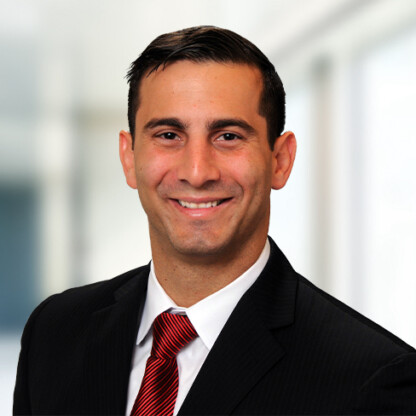COVID-19: DEA Confirms Public Health Emergency Exception for Telemedicine Prescribing of Controlled Substances

With the rapid spread of the novel coronavirus (COVID-19) pandemic and the looming possibility of large scale isolations and quarantines, lawmakers continue to demonstrate willingness to expand access to telehealth to combat this public health crisis. This is particularly important in the current environment of a highly contagious infectious disease like COVID-19, where requiring patients to physically visit their practitioner’s office to receive needed medication could result in patient (or health care practitioner) harm. For example, a patient could unknowingly expose other patients and health care practitioners to the coronavirus, or a patient could miss out on life-saving medication if the patient is too sick to leave their home and travel to their physician’s office for assessment and treatment.
On March 16, 2020, the Drug Enforcement Agency (DEA) published a COVID-19 Information Page on the Diversion Control Division website, providing guidance relating to the COVID-19 public health emergency, including the ability to prescribe controlled substances via telemedicine without a prior in-person exam. This public health emergency exemption is one of seven exceptions to the federal Ryan Haight Act’s requirement to conduct an in-person exam before prescribing controlled substances via telemedicine.
What is the Federal Ryan Haight Act?
Enacted over a decade ago, the Ryan Haight Online Pharmacy Consumer Protection Act of 2008 amended the federal Controlled Substances Act, and imposed a federal prohibition on form-only online prescribing for controlled substances. Under the Ryan Haight Act, a practitioner cannot issue a “valid prescription” for a controlled substance by means of the Internet (which, for all practical purposes, includes telemedicine technologies) without having first conducted at least one in-person medical evaluation, except in certain specified circumstances.
What Are the Key Aspects of the Public Health Emergency Exception?
The Act offers seven exceptions to the in-person exam requirement for practitioners engaged in the “practice of telemedicine.” One such exception occurs when the Secretary of the U.S. Department of Health and Human Services (HHS) has declared a public health emergency and “involves patients located in such areas, and such controlled substances, as the Secretary of Health and Human Services, with the concurrence of the Administrator, designates.” Secretary Azar declared such public health emergency with regard to COVID-19 on January 31, 2020. On March 16, 2020, the Secretary, with the concurrence of the Acting DEA Administrator, designated that the telemedicine allowance applies to all schedule II-V controlled substances in all areas of the United States.
According to the DEA website, for as long as the Secretary’s designation of a public health emergency remains in effect, DEA-registered practitioners may issue prescriptions for all Schedule II-V controlled substances to patients without first conducting an in-person medical evaluation, provided all of the following conditions are met:
- The prescription is issued for a legitimate medical purpose by a practitioner acting in the usual course of his/her professional practice
- The telemedicine communication is conducted using an audio-visual, real-time, two-way interactive communication system.
- The practitioner is acting in accordance with applicable Federal and State law.
Provided the practitioner satisfies the above requirements, the practitioner may issue the prescription using any of the methods of prescribing currently available and in the manner set forth in the DEA regulations. Thus, the practitioner may issue a prescription either electronically (for schedules II-V drugs) or by calling in an emergency schedule II prescription to the pharmacy, or by calling in a schedule III-V prescription to the pharmacy.
Note that if the prescribing practitioner has previously conducted an in-person medical evaluation of the patient, the practitioner may issue a prescription for a controlled substance after having communicated with the patient via telemedicine, or any other means, regardless of whether a public health emergency has been declared by the Secretary of HHS, so long as the prescription is issued for a legitimate medical purpose and the practitioner is acting in the usual course of his/her professional practice.
What About State Laws on Telemedicine and Controlled Substances?
Even with the public health emergency exception, practitioners must comply with both federal and state laws. Some states prohibit the prescribing of controlled substances via telemedicine, some allow it with restrictions (e.g., only for treatment of psychiatric disorders, or prohibit the use for treatment of chronic nonmalignant pain, etc.), whereas other states broadly allow it. Additionally, states may announce similar public health emergency exceptions at a state-by-state level. In any event, the federal and state laws must be read in harmony with each other.
Regardless of the language of state law, whether the exam is conducted in-person or via the practice of telemedicine, a prescription for a controlled substance must always be issued for a legitimate medical purpose by a practitioner acting in the usual course of his or her professional practice.
For more information on telemedicine, telehealth, virtual care, remote patient monitoring, digital health, and other health innovations, including the team, publications, and representative experience, visit Foley’s Telemedicine & Digital Health Industry Team Page.
